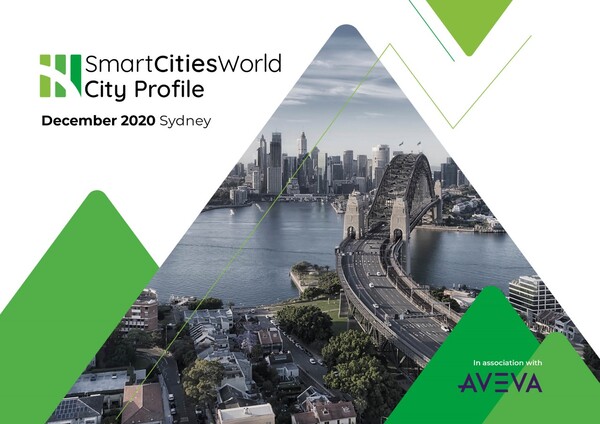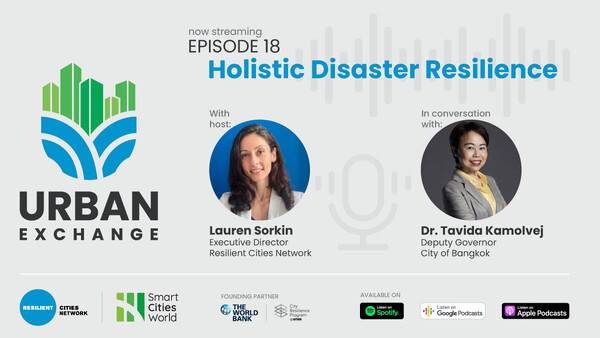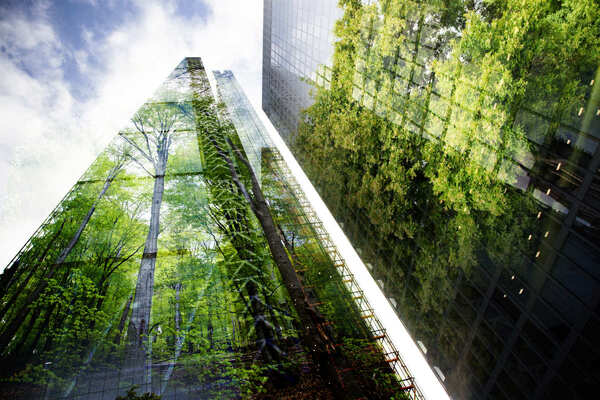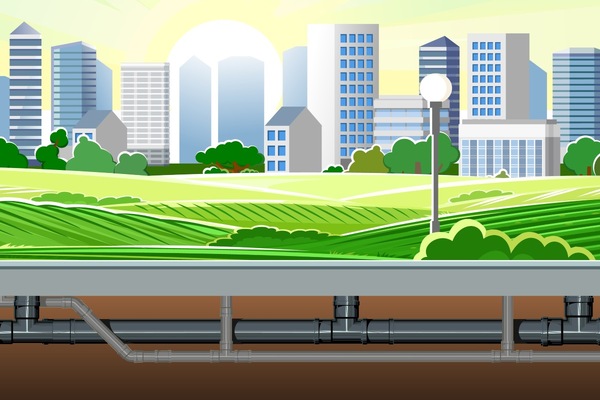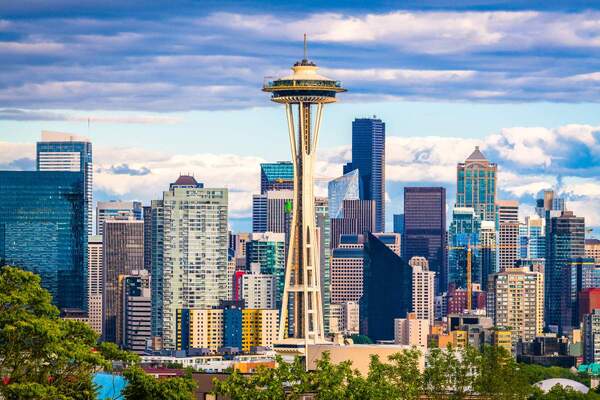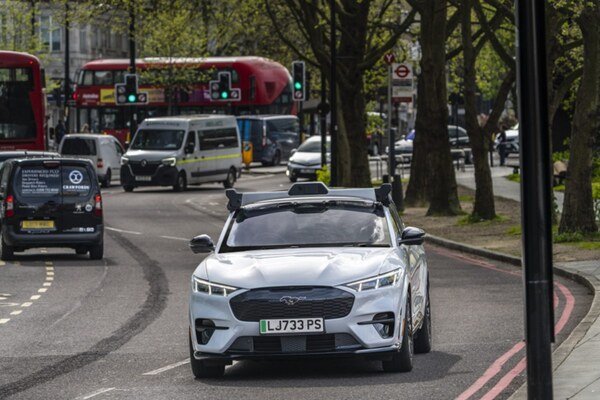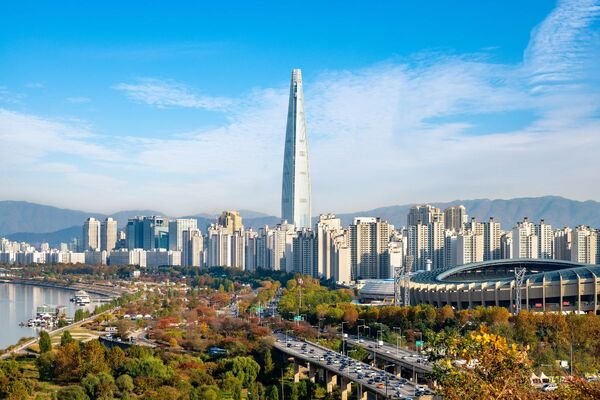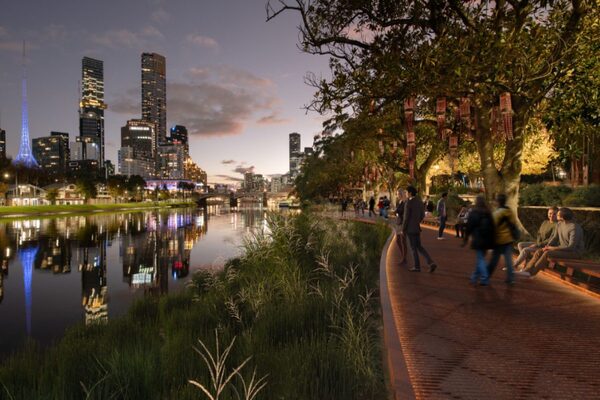Special Reports
SusHi Tech Tokyo 2024: experience ‘Tokyo 2050’ todaySponsored by The SusHi Tech Tokyo 2024 Showcase Program Executive Committee
Free flows: New Jersey turns to AI to safeguard water quality
New Jersey has always boasted a water supply of "rare purity". How can it keep it that way?
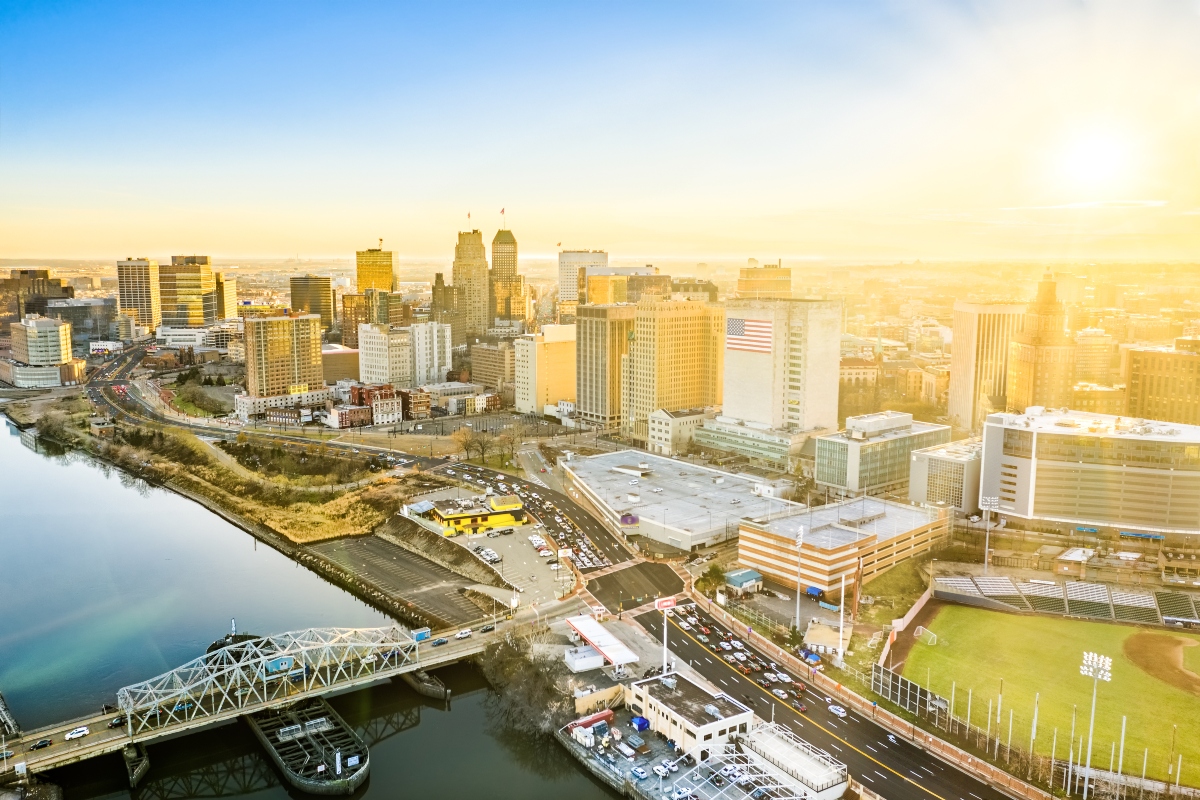
In a guest post, Tiffany Stewart, Assistant Director Newark, N.J. Water & Sewer Department discusses how artificial intelligence and sensors are helping the state maintain the health of its water supply.
In the satellite map of the New Jersey Highlands there is a swath of green shades darker than most of the rugged, tree-covered regions of northern third of the state. This area of undeveloped and uninterrupted nature is the Newark Watershed, which at nearly 37,000 acres is larger than any of the 11 state forests or 21 parks, except for the massive Wharton State Forest in the Pine Barrens. This pristine source of five mountain reservoirs holding billions of gallons is the lifeblood of the City’s water source, which has always been a matter of civic pride.
“A History of the City of Newark” published in 1913, describes it this way: “Since 1892 the city of Newark has been blessed with water supply of rare purity, giving this city...as good water, if not better, than any other city of its size in the world can boast.” The article goes on to present Newark’s “very low” typhoid rates as evidence. The secondary piece is the inordinate amount of breweries that flourished in Newark in the Victorian age.
Because City leaders back then had the foresight to develop a virgin-forest watershed, rather than continuing to draw from increasingly contaminated Passaic River, the cause of several typhoid outbreaks, Newark water became the acknowledged “best in class” which remains the goal today.
Just as those leaders pioneered “pristine” water sources and “state of the art” infrastructure, Mayor Ras J. Baraka’s administration is on the leading edge of technology in water purity with artificial intelligence that allows chemists and engineers to adjust the complex chemical make-up of safe drinking water in real time.
Under the leadership of Newark Water and Sewer Director Kareem Adeem, the City has replaced nearly 16,500 of an estimated 18,000+ lead service lines, and has tamped down the lead levels to federal and state compliance through the introduction of an orthophosphate anti-corrosion program. But while those are the more public achievements, Director Adeem has led a quiet, high-tech revolution to assure “best in class” for the City’s water product.
AI allows chemists and engineers to adjust the complex chemical make-up of safe drinking water in real time
Two of the artificial intelligence systems Director Adeem has brought in are unique and proprietary to the Newark Water and Sewer Department. The first, developed by FontusBlue of Akron, Ohio, is a predictor of the necessary water quality adjustments before they happen. The artificial intelligence gathers all data from the City’s wealth of current and historic monitoring data, then factors in environmental elements such as time of year, temperatures and precipitation to predict if adjustments are needed, and if so, pinpoints what they should be.
This technology allows the City to both preemptively detect problems as well as employ a state of the art database of information to make the most informed decision regarding remedial measures to undertake should an issue occur.
The second is a regulatory compliance program that ensures all federal and state standards regulatory requirements are met in a timely manner by keeping track of government required reports and analyses and the water department workers who are responsible for those submissions.
The system sends email reminders then alerts to supervisors if reports aren’t filed before they are due so as to avoid fines and notices of violations. It is invaluable in making sure the City is up to date with all the reporting requirements. The system also keeps historic records of those reports.

Mission control
For this reason, the monitoring room at the City of Newark’s Pequannock Treatment Plant has a Mission Control feel to it. Computer screens hooked to an intranet show charts of the water flow regimes, chemical tank levels and feed rates, pH levels and chlorination dosages and desired treatment levels, and water levels at the Canistear, Charlottesburg, Clinton, Echo Lake and Oak Ridge reservoirs.
These monitors are part of Newark’s SCADA (Supervisory Control and Data Acquisition) system, which gathers information through sensors, electrical signals or other digital or analog input and output relays. This data is transmitted instantaneously and can be requested through communication channels via small, remote telemetry units which are in turn delivered through human machine interface software. The data is processed and organized in easy-to-monitor colourful graphics, in tabular form or mapped, so system operators can quickly evaluate and make appropriate decisions, and send back control commands and actions through the same system.
At the control centre at the Pequannock plant, screens that monitor every conceivable and measurable aspect of the water product, from reservoir levels to system performance to the desired levels of purity entering the water distribution system making its way to the household tap, are displayed constantly and the SCADA system also triggers alarms when the “best in class” requirements aren’t met, no matter how minute. The artificial intelligence of the SCADA system talks to AI software, providing scads of data and information to ensure Newark’s water is at the highest quality and meets or exceeds all government standards.
Screens monitor every conceivable and measurable aspect of the water product
In addition to this unique AI configuration, Newark became the first city in New Jersey to use technology to lessen concentrations of harmful algae blooms (HAB) in the drinking water supply. HAB outbreaks forced the closure of several recreational lakes and ponds recently, including Lake Hopatcong, the state’s largest lake.
Warm weather, stagnant water with organic nutrients from fallen leaves in reservoir coves, with constant exposure to sunlight and natural algae, make large bodies of water susceptible to HAB. Newark took advantage of a state DEP grant to place ultrasonic algae control units in Echo Lake, which is primarily used for recreation and only a water source in extreme conditions. Algae formation is prevented through ultrasonic wave technology. Water quality and the success of algal control are both measured by sensors in real time.
These solar-powered buoys log and analyse to determine the proper amount of ultrasonic wave distribution are just another example of Newark’s “best in class” approach to the highest quality of water possible.
“Best in class” and “state of art” was the stanchion of Newark’s water management plan 128 years ago, when the City leaders created a pristine water source. The Baraka administration has invested $170 million in technology, infrastructure, filtration and environmental impact improvements – not counting the $140 million for lead service line replacement – to continue that practice for the health and benefit of the City residents and other water customers.





